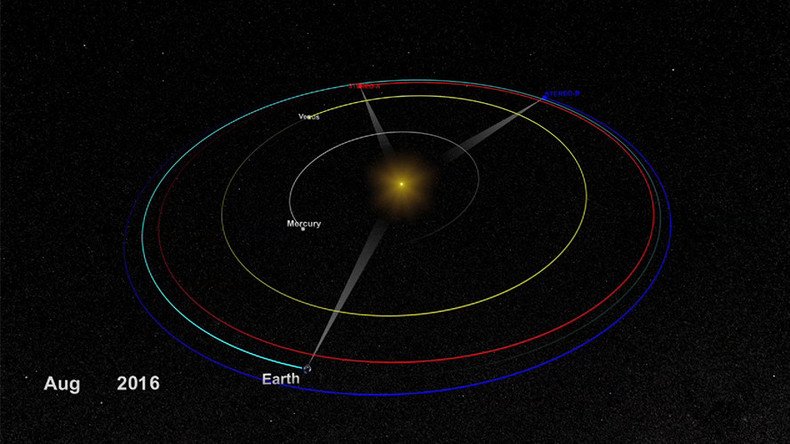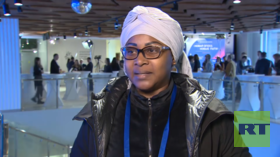Back online: NASA reestablishes contact with sun-watching spacecraft

NASA has reestablished contact with its sun-watching Stereo-B spacecraft after communication was lost almost two years ago. It’s one of two spacecraft that over the course of their lifetimes have been viewing the sun from points opposite from Earth.
Through a monthly recovery operation through its Deep Space Network, which tracks and communicates with missions through space, NASA’s Solar Terrestrial Relations Observatories mission team were able to end 22 months of radio silence with the spacecraft.
“The DSN established a lock on the STEREO-B downlink carrier at 6:27 p.m. EDT [August 21],” NASA said in a statement.
After 22 months, contact has been reestablished with one of our solar observatories! Details https://t.co/bvxeXx1loBpic.twitter.com/SMZJ5DvDC6
— NASA (@NASA) August 22, 2016
NASA said the team “plans further recovery processes to assess observatory health, re-establish attitude control, and evaluate all subsystems and instruments.”
NASA lost contact with STEREO-B just as it was about to orbit around the other side of the sun in October 2014. The two sun-watching spacecraft were launched in 2006 to complete a two-year mission to study The Sun and better understand its behavior.
Recall the comet killed by the Sun 3 weeks ago via @SungrazerComets? Here it is from behind the Sun by @NASA STEREO pic.twitter.com/Pzd4FG3Wkk
— Alan Fitzsimmons (@FitzsimmonsAlan) August 22, 2016
Both spacecraft were inserted into heliocentric orbits; STEREO-A positioned itself "ahead" of Earth, while STEREO-B fell "behind" Earth. These positions allowed the spacecraft to get even more views of the Sun than can be viewed from Earth.
Specifically, the mission was to figure out the origins of coronal mass ejections – massive explosions of charged particles that sometimes shoot out from the Sun.
“These plasma bursts travel all the way to Earth and collide with our planet’s magnetic field, creating powerful geomagnetic storms that can damage communications satellites and mess with our planet’s power grid,” stated NASA.
Interestingly like many of NASA’s spacecraft, these two have lasted much longer. Now nine years old, the spacecraft are giving scientists the chance to study the sun closely and “its influence through the solar system.”
Communication may in part have been lost because of the sun’s interference.
“The sun emits strongly in nearly every wavelength, making it the biggest source of noise in the sky,” said Dan Ossing, mission operations manager for STEREO mission at John Hopkins University Applied Physics Laboratory in Maryland, in a released statement in December. “Most deep space missions only have to deal with sun interference for a day or so, but for each of the STEREO spacecraft, this period lasted nearly four months.”
NASA probe ‘touching’ the Sun [VIDEO] https://t.co/SCESRF5AwK@LindsayFrance@portnayanyc
— RT America (@RT_America) August 2, 2016












